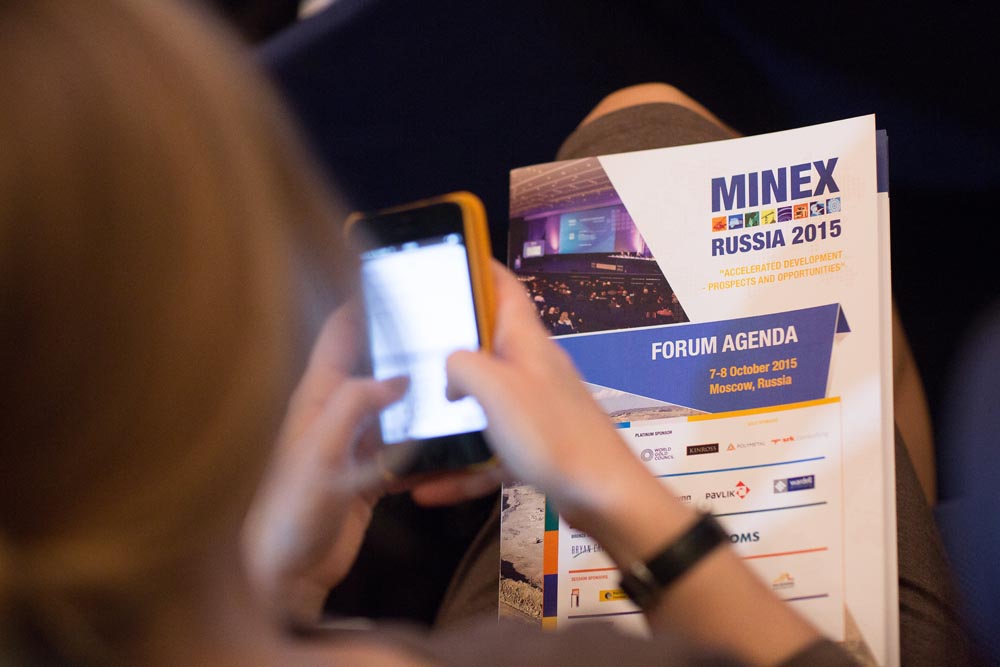
The study, conducted as part of the MINEX Russia 2016 forum, entitled “Sources of growth in the Russian mining sector” shows that the participants of the Russian mining industry have high hopes for the growth of the industry in 2017.
The study covered various aspects of effecting modern mining enterprises from production costs to regulatory issues.
Top management, CEO’s, specialists, consultants, officials, scientists and investors involved in the mining industry of Russia took part in the study. Two thirds of survey participants have over 10 years’ experience. Half of them were top mangers. The largest majority of respondents work for mining and consulting companies in the Central and Siberian federal districts in Russia.
The question “How do you evaluate the tendencies of the Russian mining industry in 2014-2016” saw some difference in opinions, 43% of respondents say there were no changes where another 43% say there was a recession.
When evaluating individual market segments the participants are involved in, the results shifted to the positive side, 43% of voters noted growth in the last 2 years. Many attribute growth to raising prices for precious metals and reactivation of delayed projects.
What is the prognosis the participants give for the next 2 years?
Over two thirds are expecting growth or think it’s already happening. The pessimists are in a 19% minority are predicting growth in 3-5 years and are expecting a tough struggle for survival in the market and operating profit conservation. Exploration will require from 3 to 10 years before the discovery of more profitable projects, followed by attracting external investment.
When evaluating individual market segments for the next two years the perspective stays more or less the same. Overwhelming majority of respondents think their segment will see some growth.
19% of the pessimists believe that companies will struggle to “keep their trousers up” and will continue using conservative production methods and cheap equipment instead of investing in new technologies.
When evaluating factors that contribute to growth, most participants failed to identify the most important and secondary factors.
The majority identify profitability, access to finance, the devaluation of the rouble, development of new technologies, changes on commodity markets, access to infrastructure and taxation as key factors critical for business development.
In conclusion, poll participants identified the optimal scenario for development in the Russian mining industry.
Over 60% respondents think the base (innovation & technology) scenario to be most preferable. One respondent summed up the opinion of the majority with the following comment: “Without the high value added industries we keep lagging behind the developed countries, not having competitive production we provide adequate wages for the population.” 38% of respondents consider the industry should be developing following the “commodity output growth” scenario.
The study is planned to be conducted annually. The results are expected to provide a collective assessment of the business environment in the Russian mining industry by the industry insider community and become a benchmark for its improvement.
All participants were included in a special investment coin giveaway. The randomly picked winner was awarded at the gala dinner at the MINEX Russia 2016 forum, it turned out to be Mr Victor Radko, the CEO at Gold of Kamchatka.

